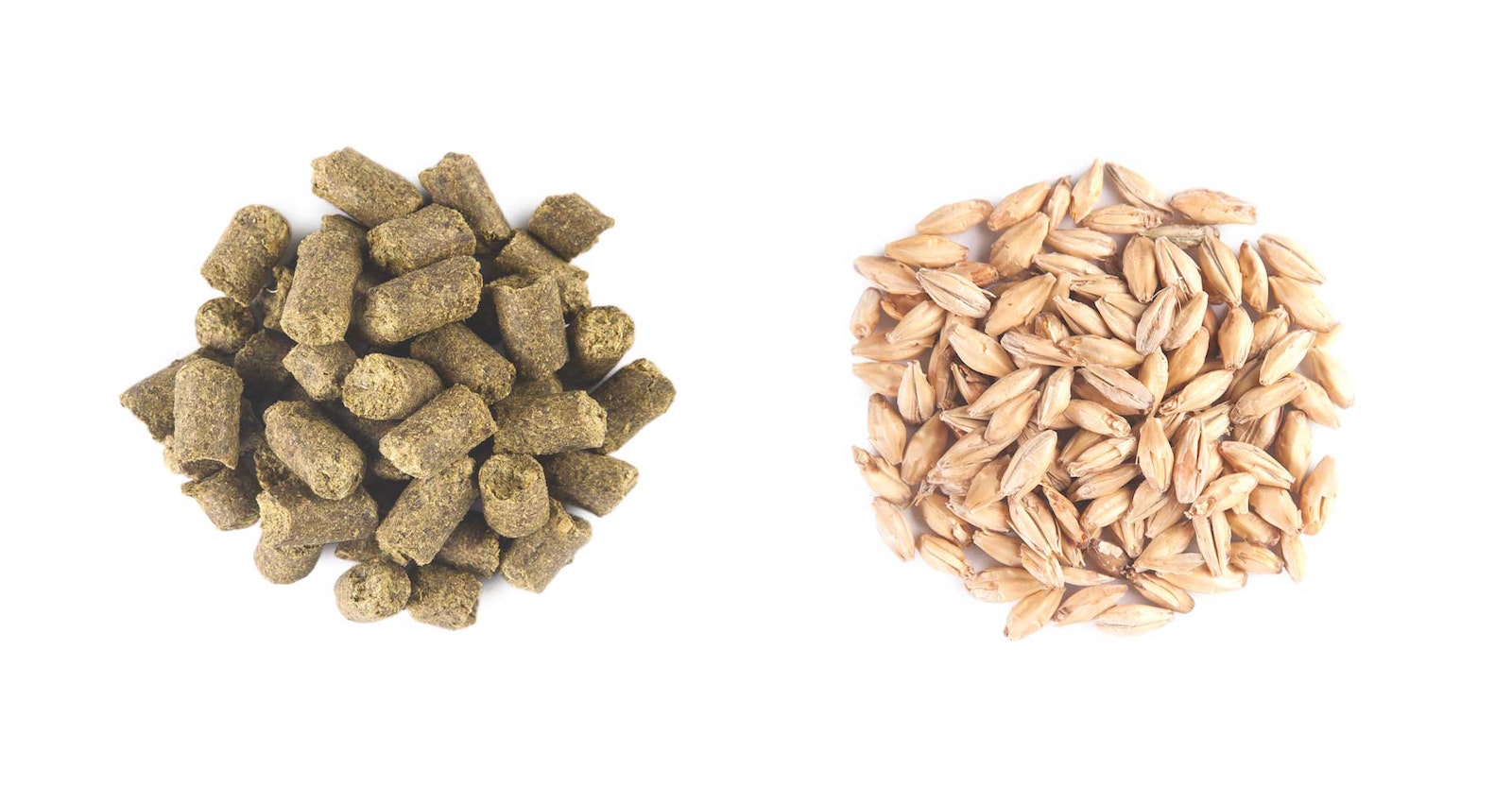At one of CB&B’s recent tasting panel sessions, a taster remarked that the word balanced has become an empty one, that it doesn’t really say much about the beer being described. Others disagreed, claiming that you can taste when a beer is out of balance. Still others of us continued to drink samples of beer just to make sure we had obtained sufficient data points to justify our continued indecision on the issue.
The idea of balance varies from one taster to another, not just in his or her perception of a beer’s sensory profile, but also in his or her personal preference. Beer judge training and testing attempt to reduce personal subjectivity in the evaluation process, but it’s impossible to eliminate it altogether. We all bring our own likes and dislikes to the flight at hand, and as unbiased as we strive to be, these necessarily show up in how we perceive flavors, aromas, and mouthfeel.
I accept, for example, that my judgement is virtually useless when it comes to spicy food. “Is this dish hot?” a friend will ask when ordering Mexican, Indian, or Thai cuisine. And as much as I’d like to offer something helpful, years of palate punishment at the hand of capsaicin have rendered my personal tastes completely untrustworthy. My sister-in-law finds black pepper too spicy, while I enjoy dishes that induce weeping.
But back to balanced beers. If one has conditioned one’s palate to IPAs with through-the-roof IBU counts, then that person may not be the best source of advice for someone who claims not to like hoppy beer. Similarly, if you’re a huge Rauchbier fan, then you will likely tolerate more unchecked smoked malt than someone new to the style.
The concept of balance may also sound trite because it is such a complex idea. The tongue detects sweet, salty, sour, and bitter, but these are not independent sensations. Decreasing hops bitterness makes malt sweetness more apparent. Sour comes not just from obvious sources such as Lactobacillus, but also from carbonation levels. Saltiness is obviously present in Gose, but the presence of sodium chloride in brewing water can affect a beer’s finish as well.
There is, however, a somewhat objective measure we can use to describe at least one aspect of balance, and that is the IBU to gravity unit ratio, or BU:GU, which compares bitterness to malt character. We described this metric in “Do IBUs Matter?” and it’s simply the number of IBUs divided by the number of gravity points. Gravity points are, in turn, the fractional part of the original gravity measurement: 1.050 is 50 points, 1.068 is 68 points, 1.112 is 112 gravity points, and so on. A bitter imperial IPA will have a ratio of one or more, while a malty style such as Doppelbock could come in at 0.5 or less. It’s not a perfect idea, but it’s a start.
So much about sensory analysis is not directly quantifiable but may nonetheless lend itself to statistical consensus. If you ask 100 independent, trained beer judges to blindly taste a sample and check all of the adjectives that apply, and ninety-nine of them tick balanced, then most of us would probably concede that the term must have some meaning. But what if only ninety checked it? Seventy-five? Fifty? Taken to the opposite extreme, if just one judge checked the box, then we’d all agree that it’s probably not a balanced beer. At what point does a definitive answer become nothing more than noise in the system?
So what can we do as homebrewers to promote that elusive concept called balance? Here are a few things I would recommend.
- Aim for an appropriate BU to GU ratio, as described above. The typical range is 0.5 for very malty styles to 1.0 for very hoppy ones. Depending upon the kind of finish you desire, you can tweak your grain bill and hops to adjust this number.
- Don’t be afraid of simple sugars, but remember that they ferment out almost completely, leaving behind no residual sweetness and creating a dry perception on the palate. Increasing simple sugars may require decreasing hops bitterness to retain balance.
- Similarly, choose a yeast strain that’s up to the task, and make sure to use an appropriately sized pitch of healthy yeast cells. Insufficient attenuation can leave a sweeter than desired finish.
- Watch out with fruit, spices, and flavorings. Unless you’re following an established recipe that you know you like, start with small quantities. These additives can deliver a surprising amount of character that the tongue perceives as completely out of proportion to what you actually added. There’s always the next batch if you want more.
- Canned and frozen fruit should be consistent, but fresh fruit from your neighbor’s orchard will vary from one year to the next. Take that into account when selecting your additions.
- Be careful with oak, too. I once made the mistake of using untoasted oak in an American wild ale, and the oak character was so intense that I named the beer Oak Bomb. I still have a handful of bottles, and though it has mellowed somewhat, it’s still the closest I’ve ever come to drinking a tree.
What do you think? Is balance something that can be objectively sensed and described, or is it an overused term that tasters use when they can’t think of anything better to say? And if balance is real, what do you do as a brewer to achieve it? Post your thoughts in Comment section below.
Cheers!

